Second Order Thinking Guide - Second-Order Thinking Exploration

Welcome! Let's dive deep into the art of thinking together.
Elevate Decisions with AI-Powered Insight
What are the potential long-term effects of this decision?
How might different perspectives influence our understanding of this issue?
What assumptions are we making, and how can we challenge them?
What are the variables that could impact the outcome of this situation?
Get Embed Code
Second Order Thinking Guide: An Overview
The Second Order Thinking Guide is designed as a cognitive tool to aid individuals in deepening their problem-solving and decision-making skills. Unlike conventional thinking that often stops at immediate consequences (first-order effects), this guide encourages users to explore the subsequent layers of outcomes (second-order effects) that follow an initial decision. For example, implementing a new software system in an organization may immediately improve efficiency (first-order effect), but the guide would prompt consideration of how it might require staff retraining, affect morale, or alter company culture (second-order effects). Powered by ChatGPT-4o。

Core Functions of the Second Order Thinking Guide
Facilitating Deep Analysis
Example
When contemplating a financial investment, the guide helps explore not just the potential return (first-order effect) but also how the investment aligns with long-term financial goals, the risk of market volatility, and the impact of economic conditions (second-order effects).
Scenario
A user considering investing in stocks would be prompted to consider the broader economic, personal, and market-related implications of their decision, encouraging a more holistic view.
Enhancing Decision-Making
Example
In deciding to introduce a remote working policy, the guide would not only help consider immediate benefits like cost savings but also the long-term implications on team cohesion, company culture, and employee productivity.
Scenario
A business leader making policy changes would use the guide to weigh both the immediate advantages and the potential long-term impacts on their organization's operational dynamics.
Promoting Reflection on Past Decisions
Example
Reflecting on a past decision to expand business operations overseas, the guide could help analyze not just the initial success but also unexpected challenges faced, such as cultural differences and regulatory hurdles.
Scenario
An entrepreneur reflecting on their expansion strategy would be led to consider both the outcomes they anticipated and those they didn't, learning valuable lessons for future decisions.
Who Benefits from the Second Order Thinking Guide?
Decision Makers in Organizations
CEOs, managers, and team leaders who make strategic decisions that affect the future of their organizations can benefit from the deeper analysis the guide provides, leading to more sustainable and forward-thinking choices.
Individuals Making Personal Decisions
People facing significant life decisions, such as career changes, financial investments, or lifestyle alterations, can use the guide to consider the broader implications of their choices, ensuring they align with long-term goals and values.
Educators and Students
Teachers and students in fields that require critical thinking and problem-solving, such as business, economics, and public policy, can use the guide to develop a more nuanced understanding of the complexities involved in decision-making processes.

Using Second Order Thinking
Begin Exploration
Start by identifying a decision or problem you're facing. Approach it with curiosity, aiming to understand its complexities beyond the surface level.
Identify First-Order Effects
List the immediate results of the decision or action. These are the 'first-order effects,' or the direct outcomes that are likely to occur.
Consider Second-Order Effects
For each first-order effect, ask 'And then what?' to explore the subsequent outcomes. These are your second-order effects, revealing the longer-term impact of your decision.
Evaluate Implications
Assess both positive and negative second-order effects. Consider how they align with your goals and values, and whether the decision is sustainable over time.
Make Informed Decisions
With a comprehensive understanding of both immediate and future consequences, make a decision that balances short-term benefits with long-term well-being.
Try other advanced and practical GPTs
Creative Writing Assistant
AI-powered Creative Writing Coach
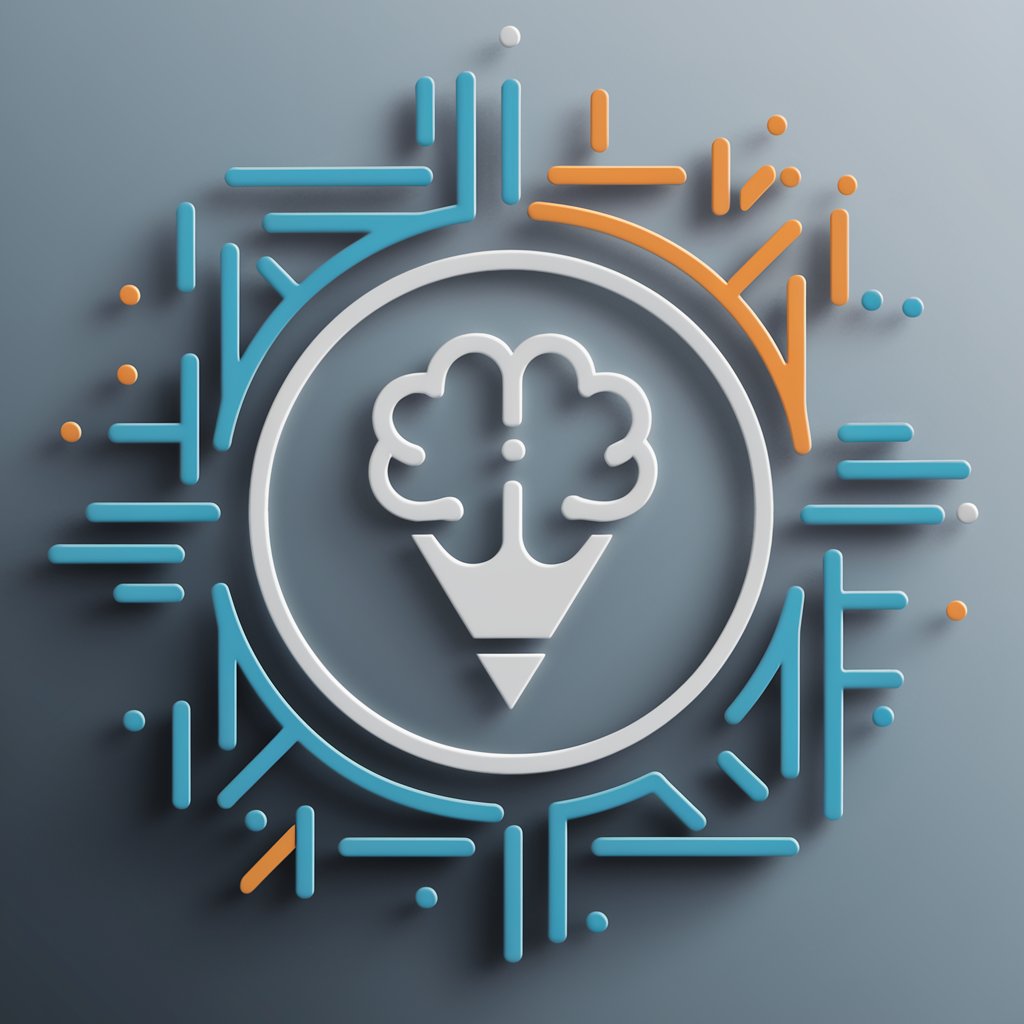
Home Handyman Helper
Empowering Your DIY with AI

Magic GPT Ball
Enlighten your choices with AI wit
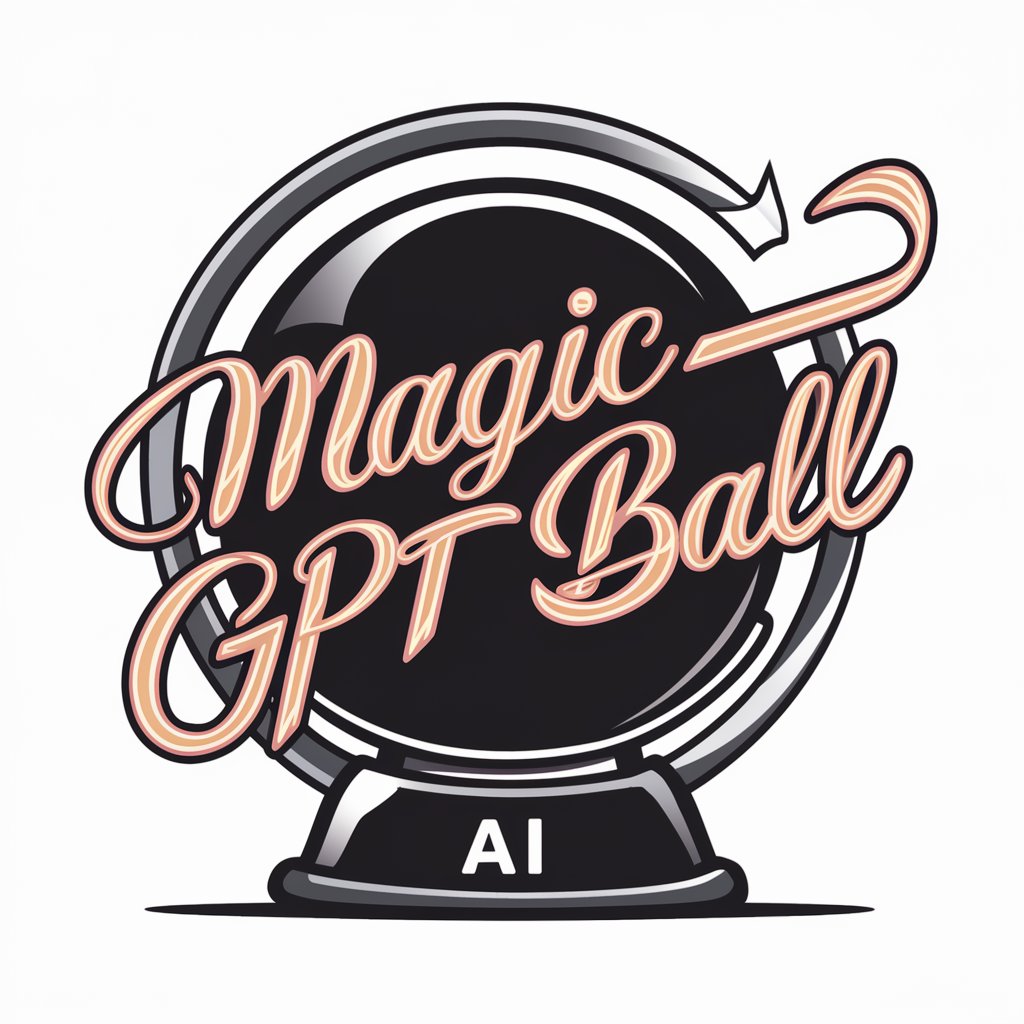
ARIS Curriculum and Autism Education Expert
Empowering Autism Education with AI
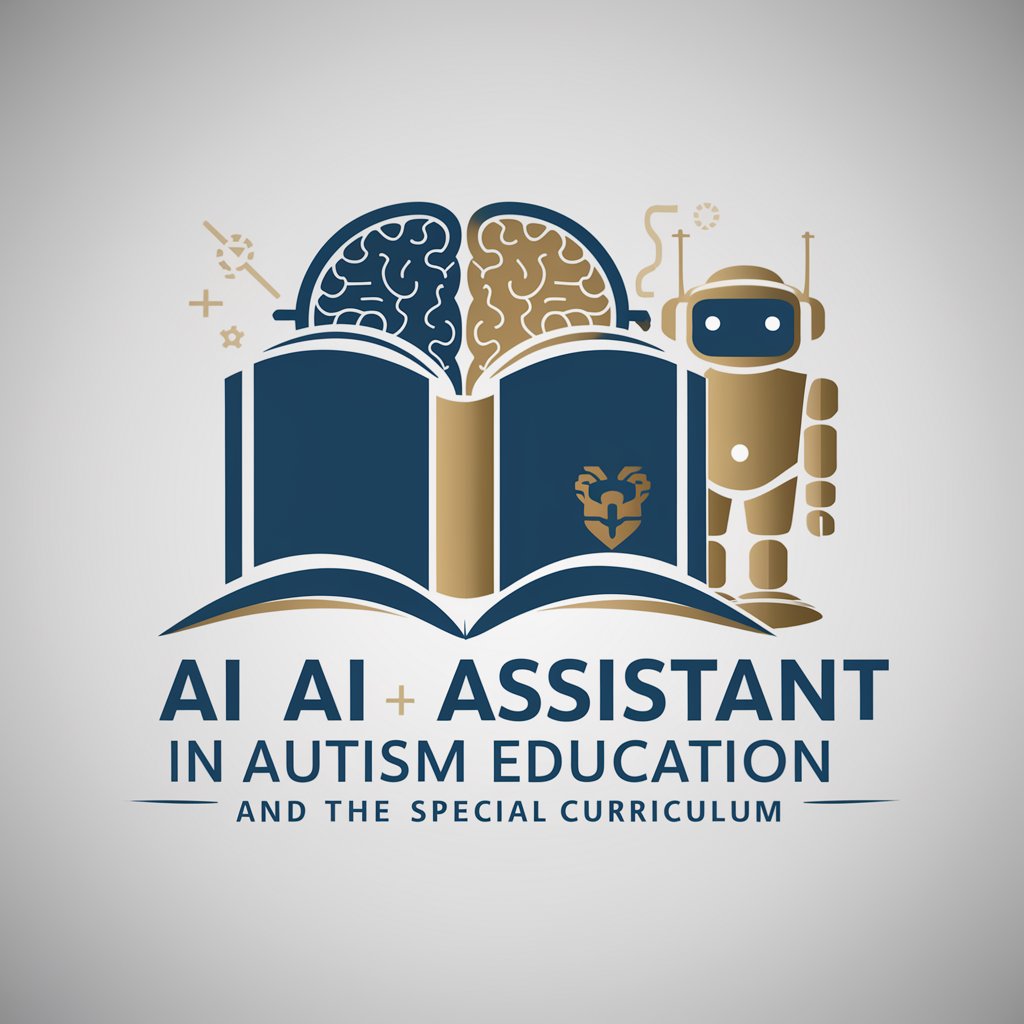
Material Intellect Nexus
Empowering material science with AI.

Charades (Crocodile) - Game
Bringing Classic Charades to Digital Life

CleanCodeGPT
Elevating Code Quality with AI

Amara Beacon - Global Inclusion Navigator
Empowering Inclusion with AI

Canine Companion
Empowering Dog Lovers with AI-Driven Insights

Auto Custom Actions GPT
Streamlining API Integration with AI-Powered Precision
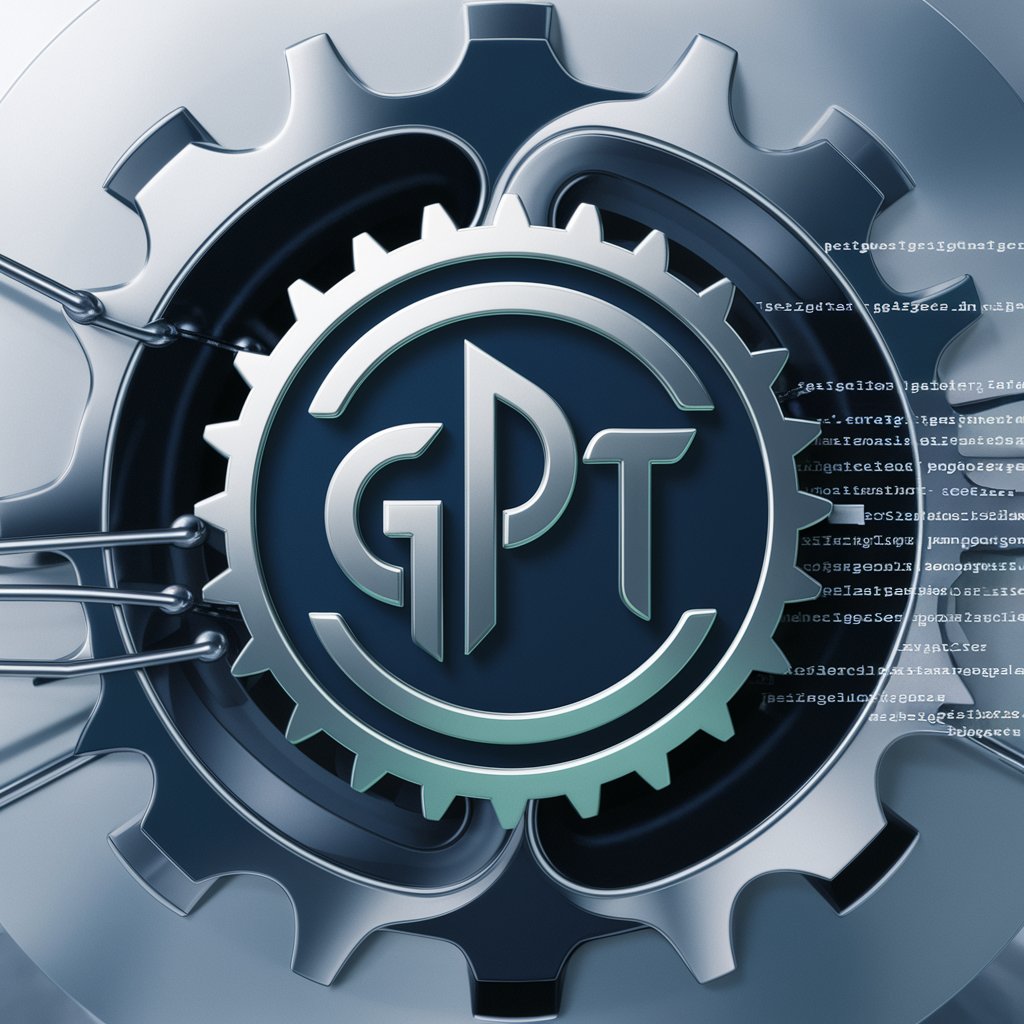
Grok
Spice Up Interactions with AI-Powered Insights

逻辑俄罗斯方块
Unleash Logic, Master Words
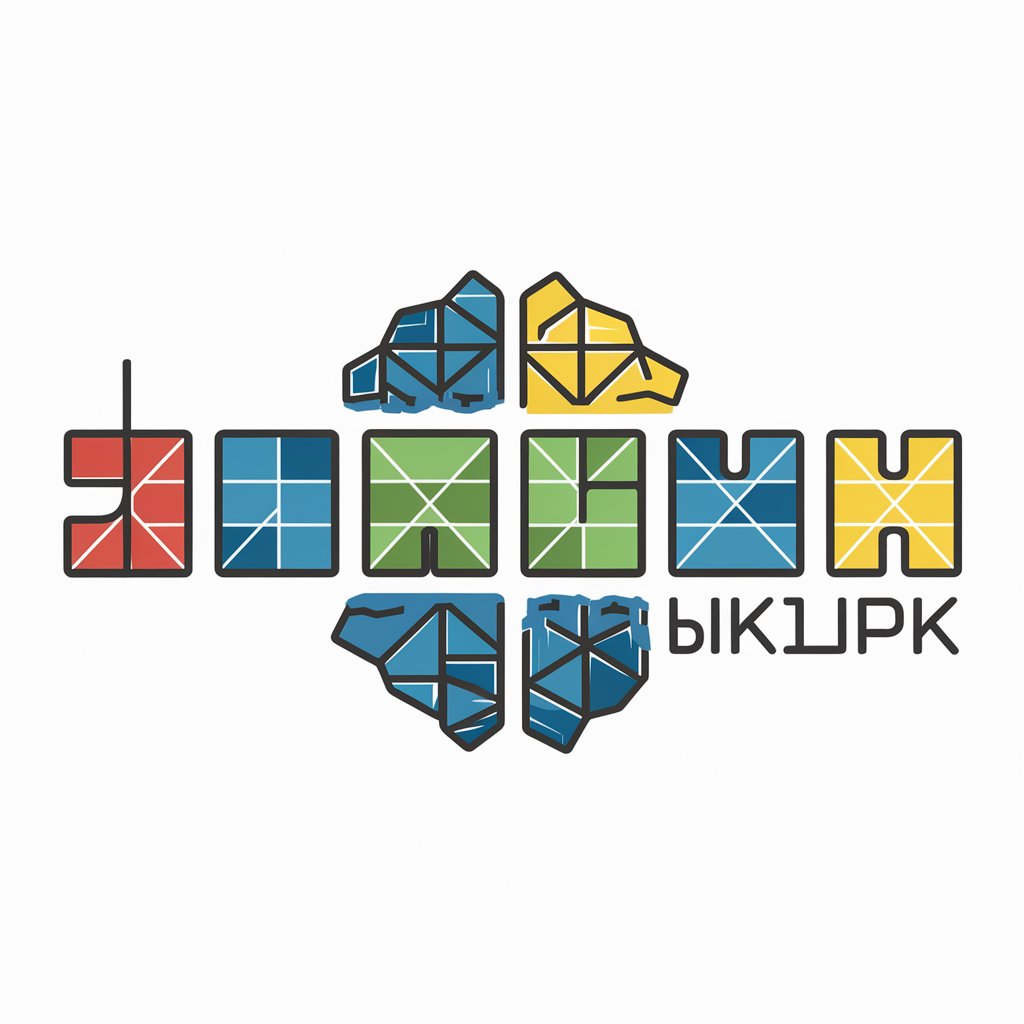
Q&A on Second Order Thinking
What is Second Order Thinking?
Second Order Thinking involves looking beyond the immediate consequences of decisions to consider further-reaching effects. It's a method used to anticipate and mitigate unintended consequences, ensuring more sustainable and beneficial outcomes.
Why is Second Order Thinking important?
It's crucial for making decisions that are robust, sustainable, and aligned with long-term goals. By considering the broader impact of actions, it helps avoid solutions that might solve one problem while creating others.
Can Second Order Thinking prevent all negative outcomes?
While it significantly improves foresight and decision-making, it's not foolproof. The complexity of systems and unpredictability of variables means some outcomes cannot be fully anticipated.
How can one develop Second Order Thinking skills?
Practice by regularly challenging first impressions of decisions, asking 'And then what?' for each considered action, and seeking diverse perspectives to broaden understanding of potential outcomes.
Is Second Order Thinking applicable in everyday life?
Absolutely. Whether for personal decisions, professional strategies, or global policies, applying second-order thinking can lead to more thoughtful, effective, and ethical outcomes.
